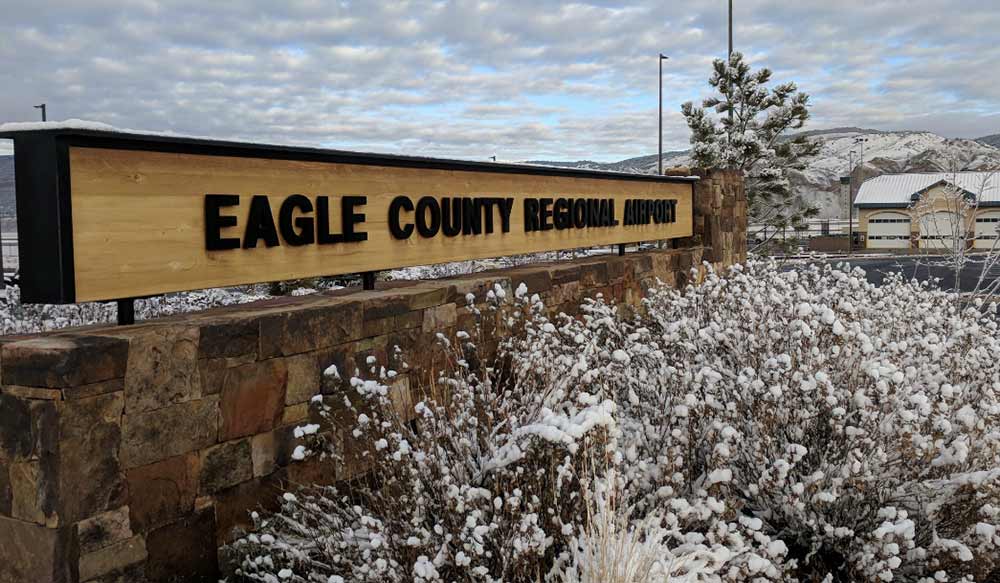
The NBAA says operators have been flying the Cottonwood Special Departure Procedure from Eagle County Airport in Colorado without authorization. Eagle County Regional Airport/Twitter
The point of last fall's Info17015 circular was to remind pilots that some instrument approach procedures demand specialized training before they're authorized to use them. A few of the airports that fall into this category are Aspen and Rifle Colorado and Lebanon Region New Hampshire.
Despite the friendly reminder, the NBAA says, “a number of operators [have been] flying the Cottonwood Special Departure Procedure from Eagle County Airport (EGE), Colorado who are not authorized and have not received proper training or approval to utilize the procedure.” The problem with flying these unauthorized procedures is that there’s often more to it all than simply flying what’s printed on a chart.
The association’s notice also said, “Some pilots without proper authorization and training have mistakenly flown this procedure’s [Cottonwood] one-engine-inoperative (OEI) track, which encroaches into Aspen’s airspace and may only be flown in response to an engine failure on takeoff.”
The goal to spread the word about the hazards was only a part of the NBAA’s message. Another is that the penalties for flying an unauthorized procedure could include certificate action from the FAA.
The NBAA said, “Flightcrews must not request nor accept an Air Traffic Control (ATC) clearance for a Special Instrument Procedure without specific FAA-Flight Standards authorization.”
Special Instrument Procedures might look like any other procedure and in an operator’s navigational database, but they’re not.

Subscribe to Our Newsletter
Get the latest FLYING stories delivered directly to your inbox






